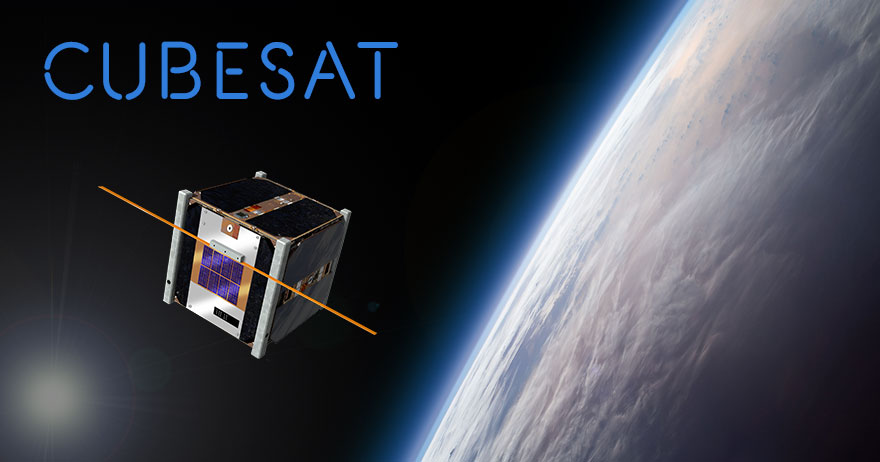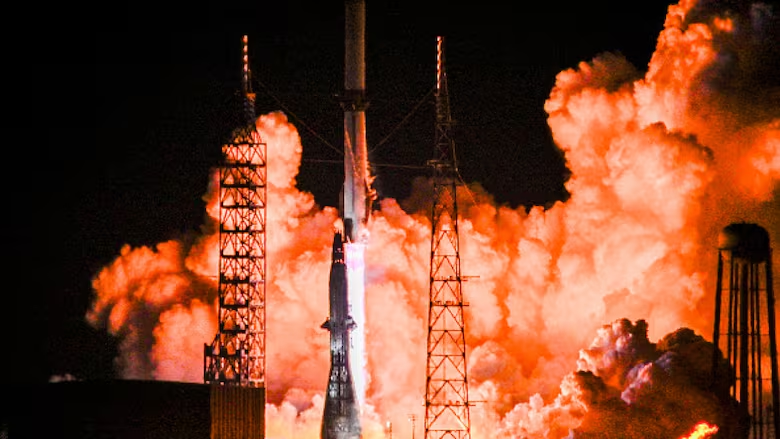
The SO-50 (SaudiSat-1C) is a popular low Earth orbit (LEO) satellite used in the field of amateur radio communication. Launched on December 20, 2002, aboard a Russian Dnepr rocket, SO-50 is part of the SaudiSat series developed by the King Abdulaziz City for Science and Technology (KACST) in Saudi Arabia.
SO-50 is an FM repeater satellite, which allows amateur radio operators to communicate using handheld radios and basic antennas. Operating in the 70 cm (UHF) uplink and 2-meter (VHF) downlink bands, it provides a reliable way for hobbyists to communicate over long distances by bouncing their signals off the satellite as it passes overhead.
Key Features of SO-50:
- Frequency Bands: UHF uplink (145.850 MHz) and VHF downlink (436.795 MHz).
- PL Tone Activation: To activate the satellite’s transponder, a 67.0 Hz CTCSS tone must be transmitted.
- Orbit: SO-50 follows a sun-synchronous orbit, allowing it to pass over most regions of the world at different times, making it accessible to operators globally.
- Battery Life: The satellite is equipped with solar panels that power its operations, and it’s been functioning well for over two decades.
SO-50 is popular for both beginners and experienced amateur radio operators because of its simplicity and accessibility. Its frequent passes allow radio enthusiasts to engage in satellite communication, participate in contests, or just connect with others across the globe using minimal equipment.
For those looking to get started with amateur radio satellite communication, SO-50 provides a perfect entry point due to its reliable performance and widespread availability.




Leave a Reply